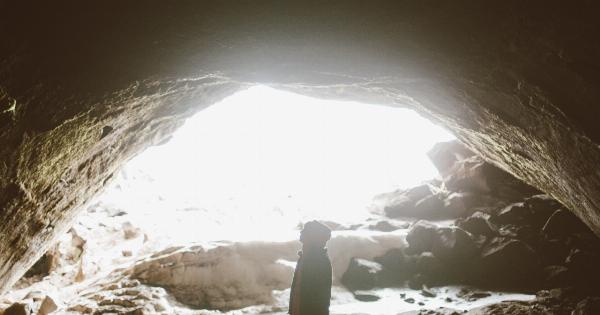Many individuals believe that living in apartments is not suitable for large dogs. It is believed that a confined space and lack of outdoor area may result in difficulty accommodating the dog’s needs.
However, this notion can be challenged by examining the factors that determine a large dog’s comfort levels and practicality of living in an apartment.
Size of Apartment
One factor that determines the suitability of an apartment for dogs is its size. Large dogs require sufficient space to accommodate their size and movements. Hence, living in a small, cramped apartment would not be feasible.
However, a well-sized apartment can be a comfortable living space for large dogs.
For instance, if the apartment has a spacious living room, the dog can have ample playtime, and their movements would not be restricted.
Additionally, a sizeable balcony or terrace area where the dog can get fresh air easily can provide a healthy and comfortable environment for large dogs.
Availability of Pet-Friendly Amenities
The availability of pet-friendly amenities is another important factor to consider when living in an apartment with large dogs.
Pet-friendly apartments operate based on the specific needs of a pet owner, including cleaning, maintenance, and other pet-related features.
For example, most pet-friendly apartments have outdoor areas where dogs can play and have a good time. There might be a dedicated play area where large dogs can socialize and play with other dogs, which can keep them active and healthy.
Additionally, dog parks near the apartment could provide even more opportunities for exercise and outdoor fun.
Type of Flooring
The type of flooring used in an apartment can be a source of discomfort or comfort for large dogs. Dogs with long nails or claws might scratch up hardwood floors or sleek laminates.
Hence, it is recommended to choose carpeted floors instead, as they can be cozier and protect the dog’s paws and bones. Carpets absorb the sound; hence, there will be less noise when dogs play, making it more peaceful for those living below the apartment.
Level of Noise in Complex
There are high chances that apartment complexes will have other dogs, and so there is a high probability of constant barking and other dog-related sounds.
This can be a problem, mainly because it can create unnecessary anxiety and stress in large dogs, making them more stressful and anxious. Consequently, living in an apartment with little or no noise is crucial for large dogs.
It is important to find out the noise policies of the apartment complex and neighborhood before moving in. Avoiding living next to elevators, stairwells, or common areas can also reduce the frequency of noise and make it easier for large dogs to relax.
Access to Playtime and Exercise
Large dogs require daily exercise to maintain their physique and mental health. Although it may be challenging to provide ample room for dogs’ exercise in an apartment, it is not impossible.
The key is to find ways to access other areas where large dogs can play, jog, and enjoy the sun.
Living in an apartment complex with play areas or having a nearby dog park can help owners keep their dogs fit and active. Investing in toys, such as chewed-up bones, dog balls, ropes, and other toys can also keep large dogs entertained and healthy.
Training and Socialization Requirements
Large dogs require training and socialization – both are important aspects of keeping dogs mentally stimulated.
Living in an apartment can be challenging, especially if the dog is not used to seeing a lot of people daily or living in corners of the house with low visibility.
Large dogs must be trained to stay calm indoors and out of control outdoor. Some people prefer to hire a qualified dog trainer to help train their dogs and make them easier to manage.
Socializing dogs from an early age is recommended and can be done by taking them for walks around the neighborhood and pet-friendly areas or playing at local dog parks. Socializing with other dogs can positively impact the dog’s mental health and can prevent destructiveness and aggressive behavior.
Cost of Renting an Apartment with Large Dogs
Finally, another important factor to consider before choosing to live in an apartment with a large dog is the cost. Some apartment complexes charge extra pet rent and security deposits required for pet owners.
Additionally, dog food, toys, regular health check-ups, additional pet insurance, and other costs associated with owning a pet should also be considered.
Therefore, it is essential that pet owners consider all these expenses and factor them into their budget before moving into an apartment with a large dog.
Conclusion
In conclusion, living in an apartment with large dogs is not impossible, as many people believe.
By considering factors such as apartment size, pet-friendly amenities, noise levels, access to playtime and exercise, the type of flooring, training, and socialization, and costs, pet owners can provide a comfortable living space for their pets. Ultimately, with the right preparation and planning, living in an apartment with a large dog can be an enjoyable and rewarding experience for both the owner and the pet.






























